The Best Times of Year to Catch Tarpon in Florida
The silver king, as tarpon is affectionately known among anglers, represents one of Florida’s most prestigious fishing trophies. These magnificent creatures, with their metallic scales and acrobatic fights, draw fishing enthusiasts from across the globe to Florida’s coastal waters year after year. Understanding the seasonal patterns of tarpon migration and behavior can dramatically increase your chances of landing one of these iconic gamefish. Unlike some species that maintain relatively consistent patterns throughout the year, tarpon in Florida exhibit distinct seasonal behaviors influenced by water temperature, bait migrations, and spawning cycles. For both novice anglers and seasoned veterans, timing your tarpon expedition properly can mean the difference between the fishing story of a lifetime and returning to shore with nothing but sunburn and disappointment.
Peak Tarpon Season: May Through July
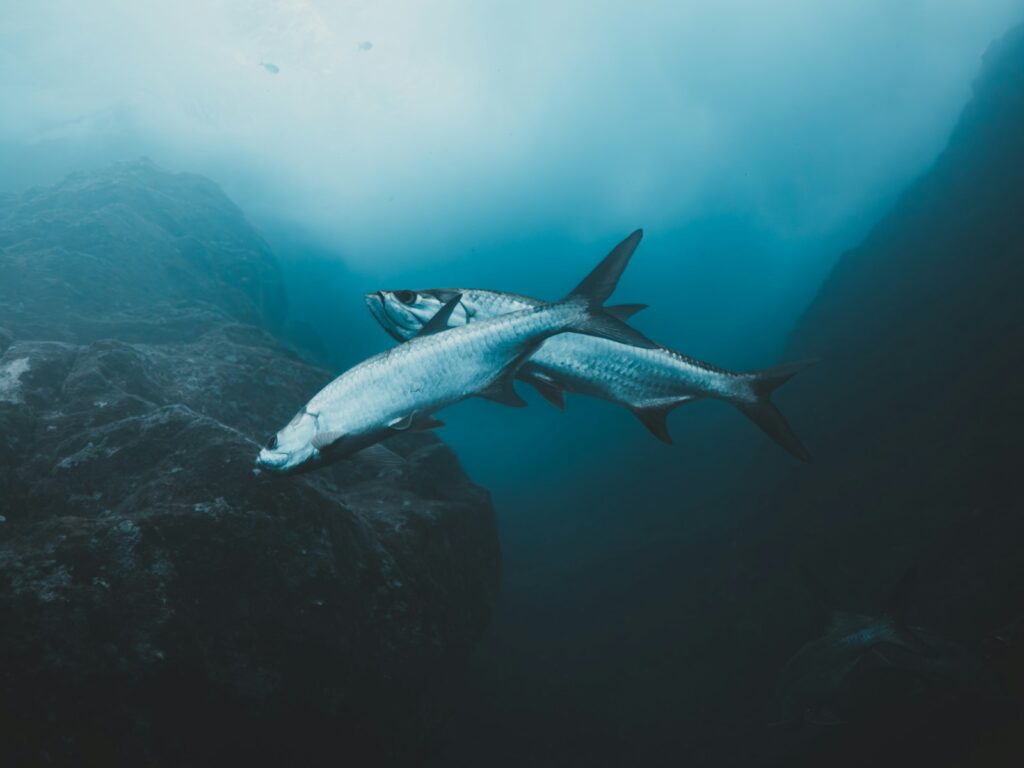
The undisputed prime time for tarpon fishing in Florida falls between May and July, when massive migrations bring countless silver kings within reach of anglers. During these warm months, water temperatures stabilize in the mid-70s to mid-80s Fahrenheit, creating ideal conditions for tarpon to feed aggressively and engage in pre-spawning and spawning behaviors. Particularly in areas like the Florida Keys, Boca Grande Pass, and Tampa Bay, the sight of rolling tarpon becomes a daily occurrence as schools containing hundreds of fish move through coastal waters. This period coincides with the appearance of massive schools of baitfish and crustaceans, providing natural feeding opportunities that make tarpon more likely to strike at anglers’ offerings. The consistency of weather patterns during these months also leads to more predictable fishing conditions, allowing for effective planning of multi-day fishing expeditions.
The Spring Migration: March Through April
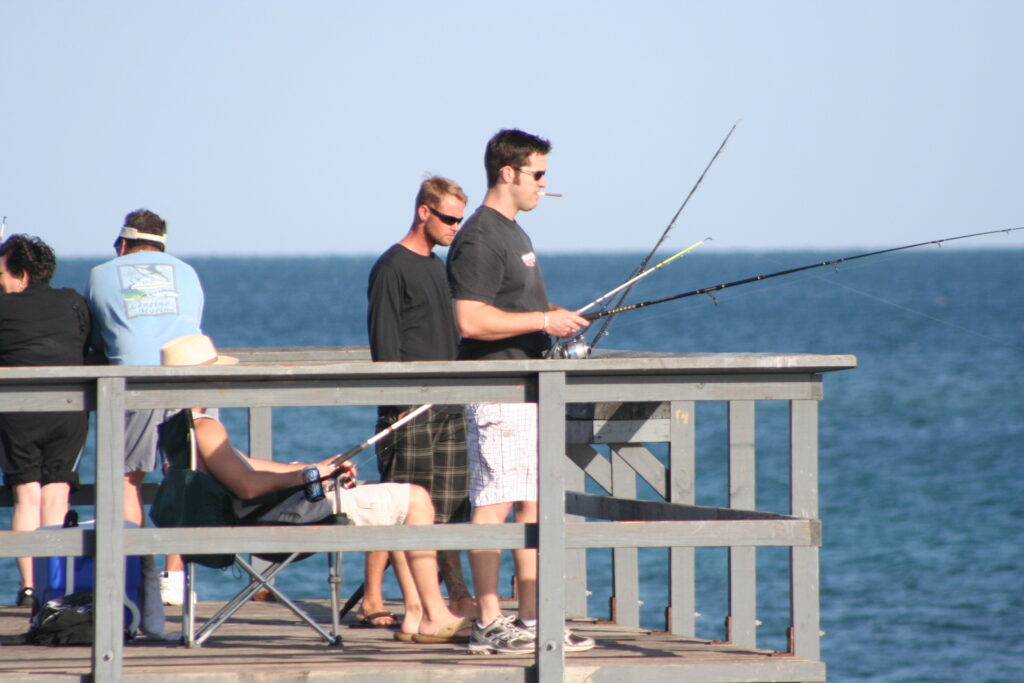
As winter releases its grip on Florida, the early spring months of March and April mark the beginning of the annual tarpon migration into Florida waters. During this transitional period, tarpon begin moving northward along both the Atlantic and Gulf coasts, following warming water temperatures and emerging food sources. Early-season tarpon tend to travel in smaller, more scattered groups rather than the massive schools seen during peak season, making them somewhat more challenging to locate but often less pressured by other anglers. Weather patterns remain variable during this period, with occasional cold fronts potentially causing temporary disruptions in tarpon behavior and forcing them into deeper waters for brief periods. Experienced guides watch closely for stable weather patterns during this season, knowing that a few consecutive days of warming temperatures can trigger excellent early-season action before the main tourist rush arrives.
Late Summer Opportunities: August Through September
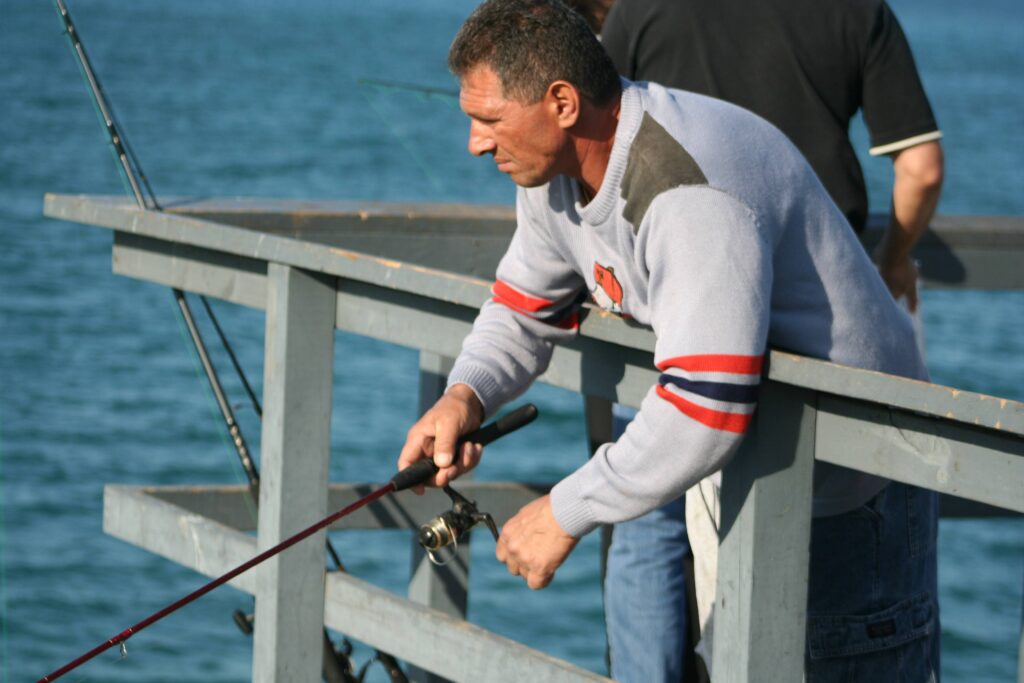
As the peak summer season winds down, August and September offer a second window of excellent tarpon fishing that many anglers overlook. By this time, the massive spawning migrations have concluded, but substantial numbers of tarpon remain in Florida waters, particularly around structural elements like bridges, channels, and deep holes. Water temperatures during these months typically reach their annual highs, sometimes causing tarpon to modify their feeding patterns to early morning and evening hours when temperatures moderate slightly. This late summer period coincides with the mullet run along Florida’s east coast, creating spectacular feeding opportunities as tarpon gorge themselves on these abundant baitfish. One significant advantage of this timeframe is the noticeable reduction in fishing pressure compared to peak season, allowing for a more relaxed experience with less competition for prime fishing locations.
Regional Timing Differences: Florida Keys vs. Gulf Coast

The timing of optimal tarpon fishing varies significantly between Florida’s different coastal regions, with the Keys typically seeing earlier arrivals than the northern Gulf Coast. In the Florida Keys, particularly around Key West and the Middle Keys, tarpon fishing can be productive as early as February during mild winters, with consistent action established by March and April before the major migration peaks in May and June. By contrast, the prime tarpon season along Florida’s upper Gulf Coast, including famous destinations like Boca Grande and Tampa Bay, typically begins in April, peaks in May and June, and can extend into July depending on weather conditions. These regional differences create an extended opportunity for dedicated anglers to follow the migration, starting in the Keys early in the year and progressively moving northward along with the fish as the seasons progress. Understanding these geographic variations allows knowledgeable anglers to effectively extend their tarpon fishing calendar by several months.
Winter Resident Tarpon: December Through February

While not widely publicized, Florida hosts a year-round population of resident tarpon that provide fishing opportunities even during the winter months from December through February. These resident fish tend to be found in specific thermal refuges including deep holes, power plant outflows, and certain canal systems where water temperatures remain more stable. Winter tarpon typically run smaller than their migratory counterparts, averaging 20-80 pounds rather than the 100+ pound giants common during migration season, but they can provide excellent sport on appropriate tackle. Their behavior differs significantly from migratory fish, with slower metabolism requiring more deliberate presentations and patience from anglers accustomed to the aggressive strikes of summer fish. South Florida locations like Miami’s urban canals, the deeper basins of the Everglades, and certain areas around Fort Myers offer the most consistent winter tarpon opportunities when most northern anglers have long since stored their fishing gear.
Understanding Lunar Influences on Tarpon Behavior

Beyond seasonal considerations, lunar phases play a critical role in determining prime tarpon fishing days throughout the year in Florida. Many experienced tarpon guides plan their prime charters around new and full moon periods, particularly during the peak spawning months of May and June when lunar influences trigger mass movement and spawning activities. These moon phases generate stronger tidal flows, which concentrate baitfish and create predictable feeding patterns that savvy anglers can exploit. The days immediately before and after the full moon often coincide with the most intense tarpon spawning activity, when large fish gather in deeper offshore waters before and after dark. Conversely, the quarter moon phases sometimes produce less dramatic tidal movement but can offer more consistent daytime feeding activity as tarpon spread out along flats and channels rather than concentrating on spawning behavior.
Tarpon Fishing Around Florida’s Major Tournaments
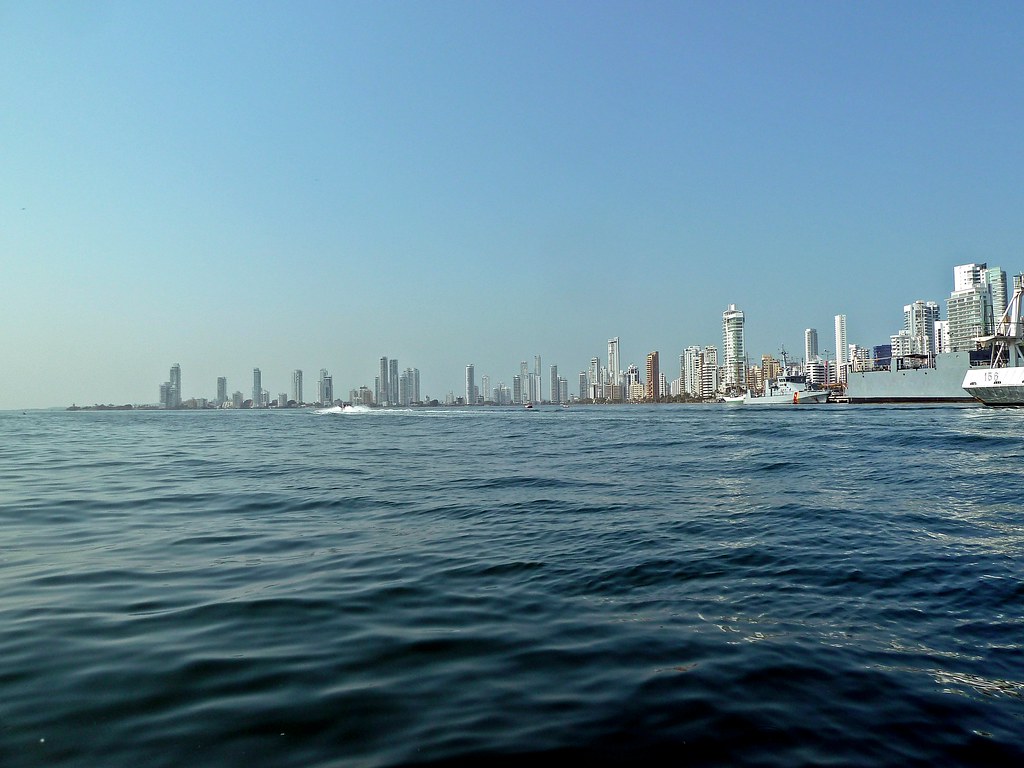
Florida hosts several prestigious tarpon tournaments that strategically coincide with historical peak periods of tarpon activity in their respective regions. The famed Boca Grande World’s Richest Tarpon Tournament typically occurs in late May or early June, precisely when the massive tarpon schools congregate in Boca Grande Pass for spawning activities. Similarly, the Marathon International Tarpon Tournament in the Florida Keys is scheduled during the peak Keys season, usually in April or May. These tournaments not only highlight prime fishing windows but also create significant fishing pressure that can temporarily alter tarpon behavior in tournament zones. Many experienced recreational anglers deliberately schedule their trips either just before tournaments begin or immediately after they conclude, taking advantage of the known prime season while avoiding the competitive atmosphere and concentrated boat traffic. Tournament dates can serve as excellent reference points for planning personal fishing trips, even for those with no intention of competing.
Environmental Factors Affecting Annual Variations
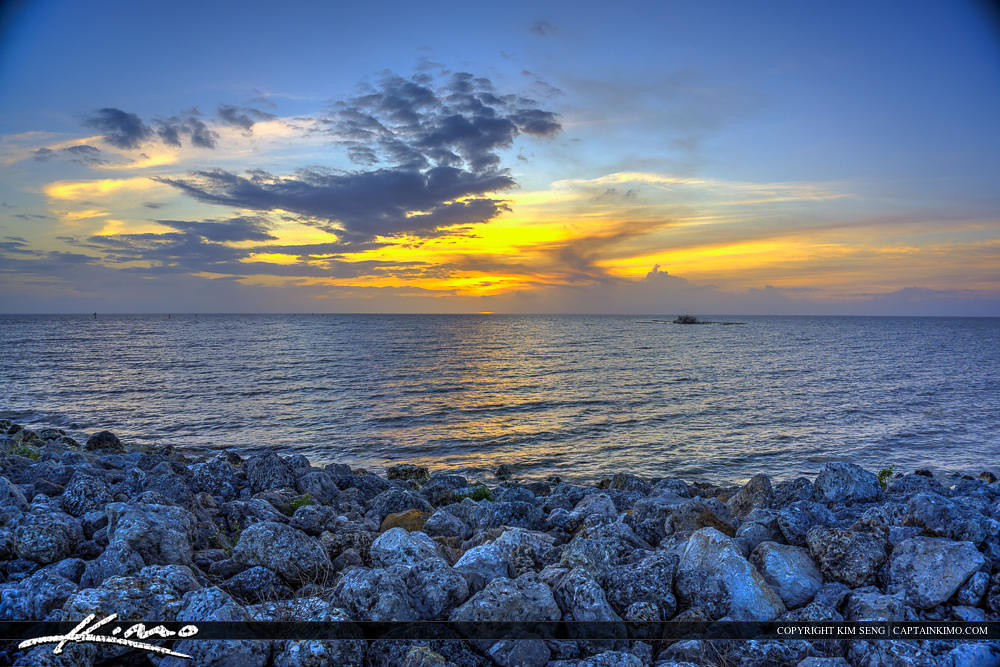
While general seasonal patterns remain relatively consistent, year-to-year variations in environmental conditions can significantly impact optimal tarpon fishing windows throughout Florida. Unusually cold winters may delay the spring migration by weeks, while particularly warm winters might accelerate it, requiring anglers to adjust their planning accordingly. Water quality issues such as red tide outbreaks along the Gulf Coast or freshwater discharges from Lake Okeechobee can temporarily disrupt normal tarpon behavior and force last-minute changes to fishing locations. Hurricane activity, particularly during the late summer and early fall months, can dramatically alter fishing conditions and accessibility, though the periods immediately before and after storms (when safe) sometimes produce exceptional fishing as pressure changes trigger feeding activity. Staying connected with local guides and fishing reports becomes especially important during years with unusual weather patterns or environmental challenges.
Tarpon Feeding Patterns Throughout the Day

Beyond understanding the best months for tarpon fishing, successful anglers must also consider how feeding patterns shift throughout the day during different seasons. During spring and fall, when water temperatures are moderate, tarpon often feed actively throughout daylight hours, making midday fishing productive. By contrast, during the heat of summer (July-August), tarpon typically adopt a crepuscular feeding pattern, with peak activity concentrated during the early morning hours before sunrise and again in the evening as the sun approaches the horizon. Nighttime fishing becomes particularly effective during the warmest months, especially around bridges, channels, and dock lights where tarpon feed on concentrated baitfish. These daily feeding windows shift seasonally and regionally, with summer tarpon in the Keys sometimes becoming more nocturnal than their Gulf Coast counterparts in response to differences in water temperature and prey availability.
Adapting Techniques to Seasonal Behavior
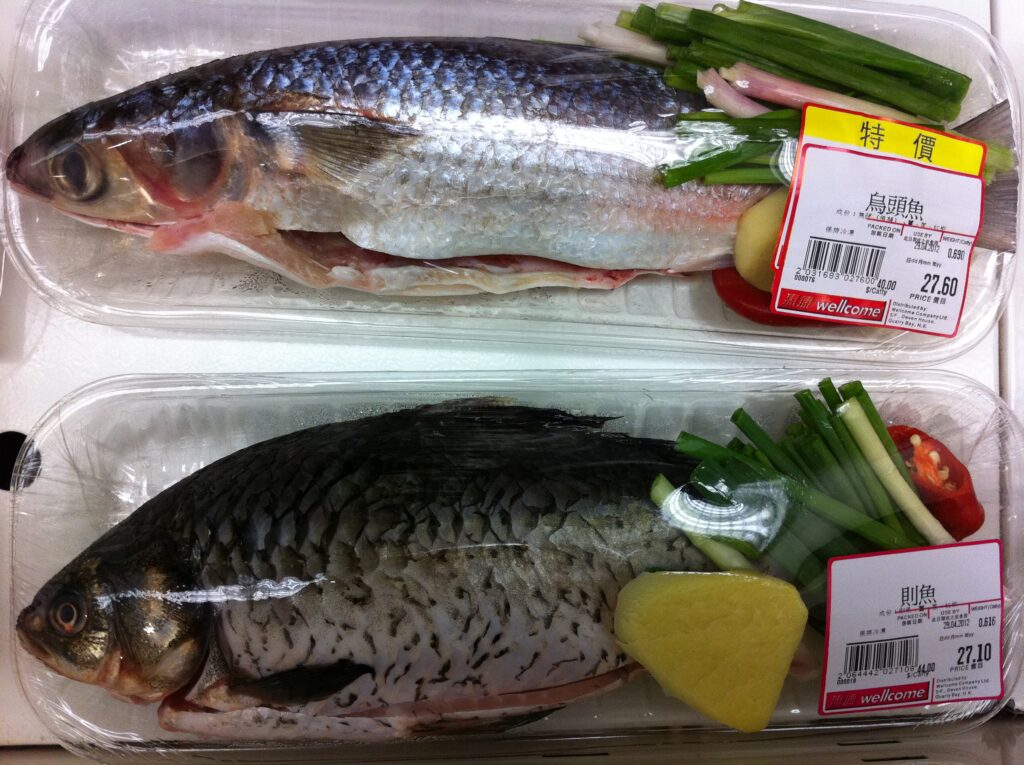
Each tarpon season in Florida demands different tactical approaches to maximize success rates based on the fish’s changing behavior. Early season tarpon (March-April) typically respond best to slower presentations in deeper water, with live crabs, mullet, and heavily weighted flies proving effective as the fish are often found in channels and basin areas. During peak season (May-July), as tarpon become more active in shallower water, sight-casting with artificial lures, flies, and live baits all produce results, with presentations often needing to be faster and more aggressive to trigger competitive feeding responses. Late season tarpon (August-September) frequently key in on specific bait migrations like mullet, requiring anglers to match the hatch with appropriate lure and bait selections. Winter residents demand the slowest, most deliberate presentations of all, often requiring multiple casts to the same fish and extreme patience before a strike occurs.
Planning Around Weather and Water Conditions
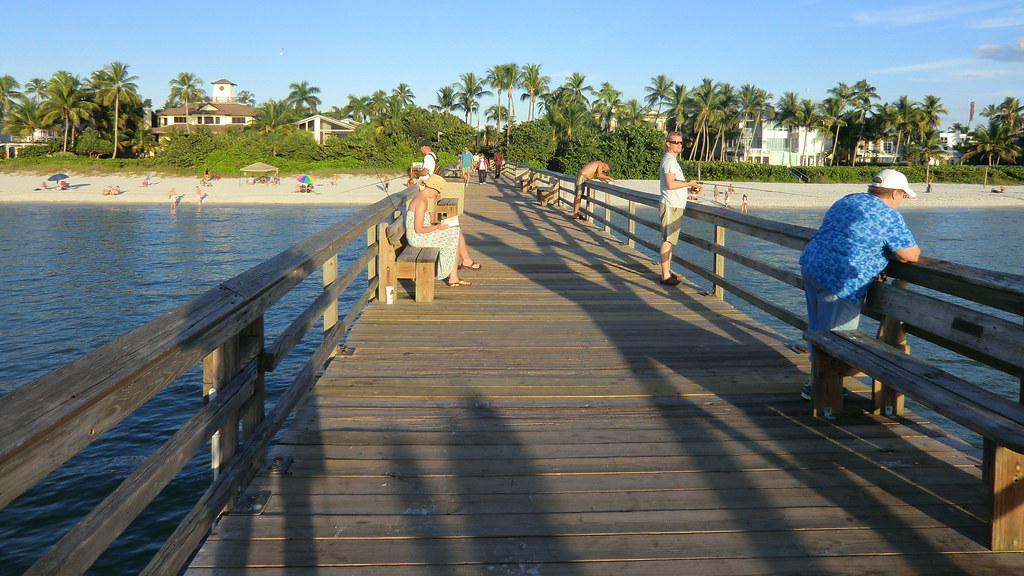
Beyond understanding seasonal timing, successful tarpon fishing in Florida requires careful attention to short-term weather patterns and their impact on water conditions. Tarpon are notoriously sensitive to rapid changes in barometric pressure, often becoming inactive during the approach of frontal systems and then feeding aggressively once conditions stabilize. Wind direction significantly impacts tarpon fishing, with east winds generally creating favorable conditions along Florida’s Gulf Coast and west winds doing the same for the Atlantic side. Water clarity plays a crucial role in technique selection, with clear water favoring sight-fishing approaches while turbid conditions might demand blind-casting with noisy lures or scented baits. Water temperature remains perhaps the most critical factor, with the 75-85°F range representing the sweet spot for active tarpon behavior across all seasons.
Booking Guides and Accommodations by Season
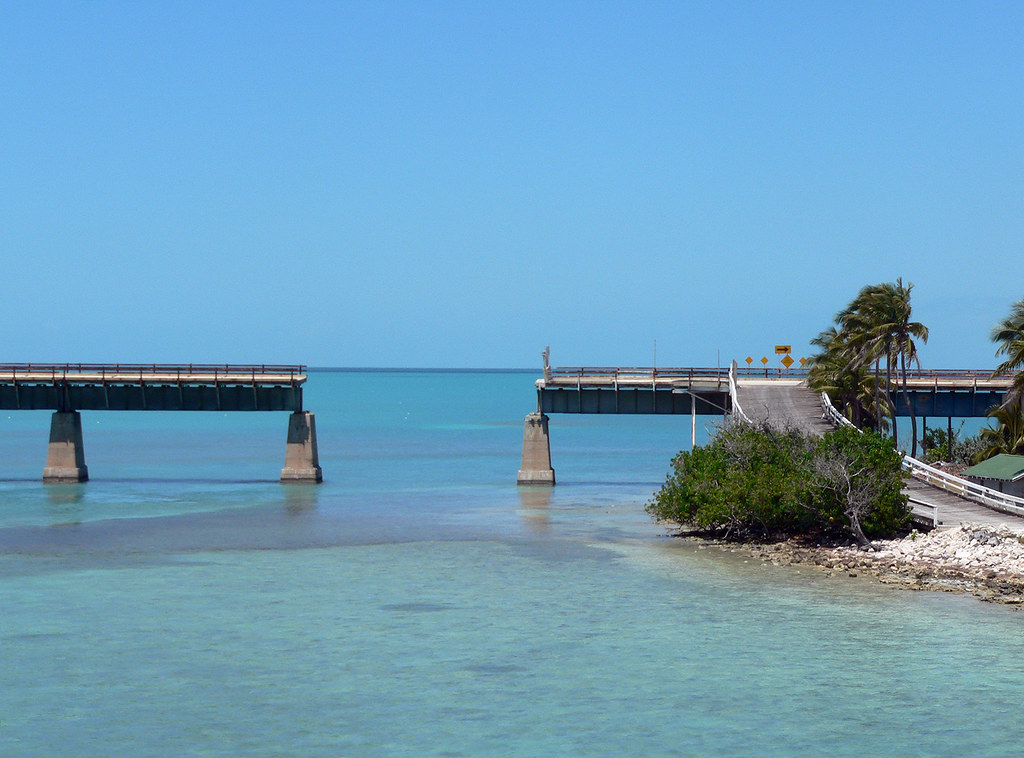
The intense seasonality of Florida’s tarpon fishing directly impacts the availability and pricing of fishing guides and accommodations throughout the year. During peak season (May-June), premier tarpon guides often book solid 6-12 months in advance, particularly in hotspots like Boca Grande and the Florida Keys, with premium rates reflecting the high demand. Accommodations in prime tarpon destinations can see price increases of 30-50% during these peak windows compared to shoulder seasons. Anglers working with tighter budgets or limited scheduling flexibility often find excellent value during the shoulder seasons of early spring (March-April) and late summer (August-September), when tarpon remain available but pressure decreases significantly. The winter resident tarpon fishery (December-February) offers the greatest guide availability and accommodation values, though specialized knowledge becomes even more important during this challenging period.
Conservation Considerations by Season

Responsible tarpon anglers must consider how seasonal factors impact conservation practices throughout the year in Florida waters. During the peak spawning period of May and June, taking extra care with caught fish becomes particularly important, as female tarpon carrying eggs are more vulnerable to stress and mortality. Summer months bring higher water temperatures that can increase stress on hooked tarpon, making quick fights on appropriate tackle and minimal handling time even more critical than during cooler seasons. Some conservation-minded anglers deliberately target tarpon during the more moderate temperature periods of spring and fall when catch-and-release mortality rates naturally decrease. Winter fishing for resident tarpon, while challenging, often proves less stressful on the fish due to the cooler water temperatures, though proper revival techniques remain essential before release.
The silver king’s annual dance through Florida’s waters follows rhythms that reward the prepared angler. From the early arrivals in the Keys during March, through the spectacular peak migrations of May and June, to the often-overlooked opportunities of late summer and even winter, Florida truly offers year-round possibilities for tarpon enthusiasts. While the calendar provides reliable guidelines, successful tarpon fishing ultimately demands adaptability to the specific conditions of each season, region, and even time of day. By understanding these temporal patterns and adjusting techniques accordingly, anglers maximize their chances of connecting with one of fishing’s most thrilling adversaries. Whether you’re planning your first tarpon expedition or your fiftieth, timing remains perhaps the most crucial factor in turning the dream of a leaping silver king into an unforgettable reality.


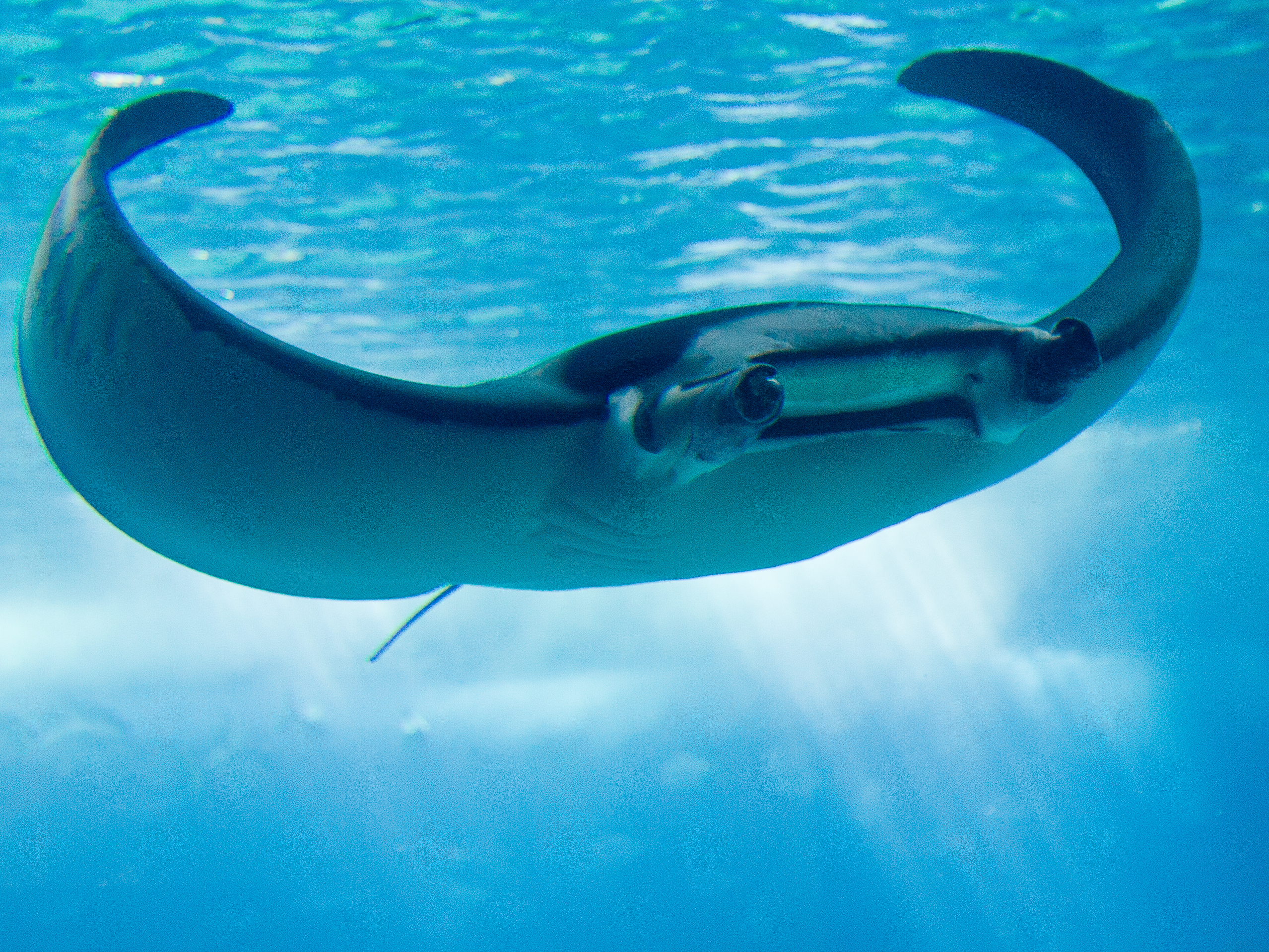

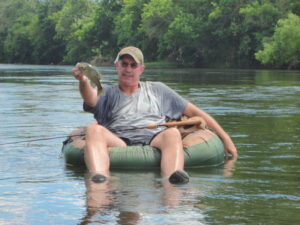
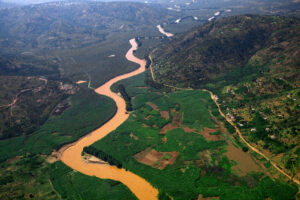








Post Comment